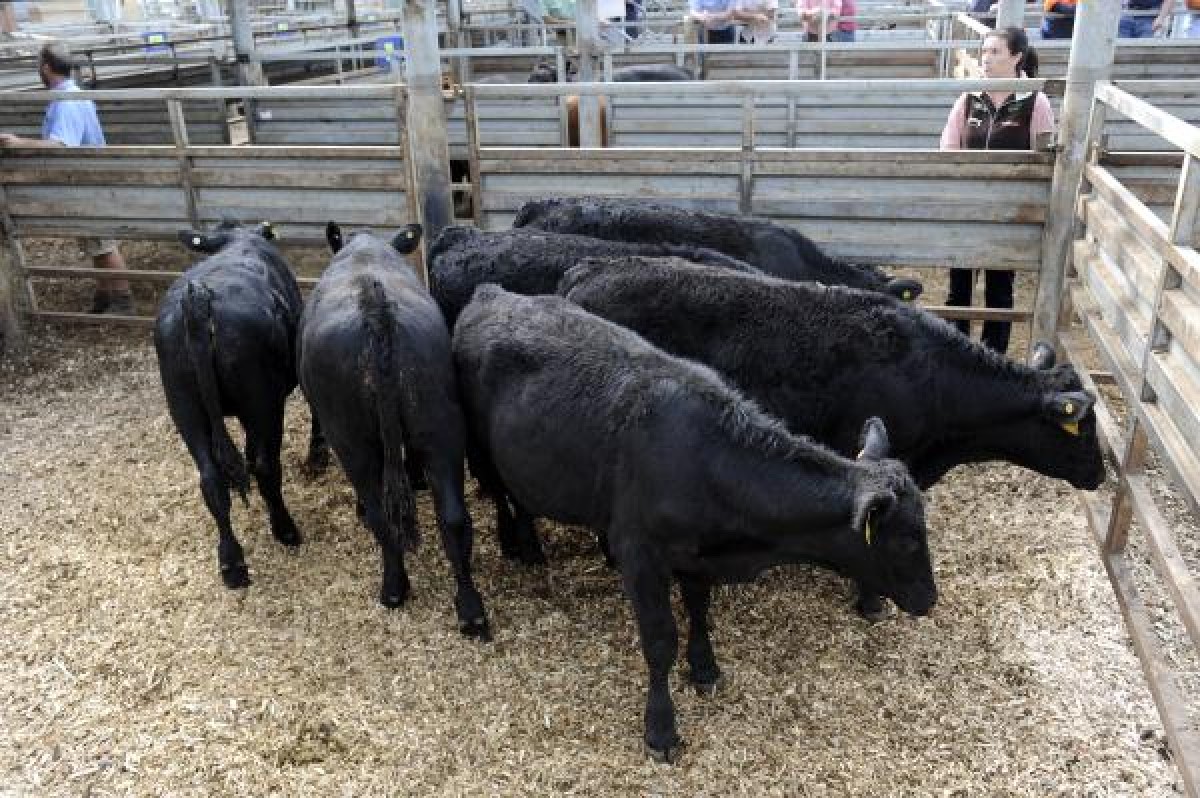Understanding the Dynamics of Australia's Cattle Market in 2024

As we move into March 2024, Rabobank's latest insights offer a comprehensive overview of the current state and future expectations of the cattle market. Here, we delve into these findings, shedding light on the implications for producers, market trends, and the broader agricultural landscape.
A Steady Pulse in the Cattle Job
Despite witnessing some of the highest restocker steer and heifer throughput in the past decade, the Australian cattle market remains remarkably steady, a testament to the resilience and adaptability of the industry. According to Rabobank's Senior Analyst Animal Protein, Angus Gidley-Baird, the prices of cattle have maintained stability in recent weeks, a reflection of continued producer confidence buoyed by favourable seasonal conditions.
This stability is evidenced by the trading range of national saleyard restocker steer prices, which oscillated between 360c and 376c/kg in the latter half of February, after peaking at 391c/kg earlier in the month. Such figures underscore a market that, while dynamic, has found a semblance of balance amidst various forces.
A Closer Look at Producer Sentiment and Market Trends
Producers remain eager to invest in restocking, albeit with a slight decrease in premium paid for cattle, indicating a gradual easing in demand. This shift is paralleled in the feeder cattle segment, which traded at 335c/kg as of early March. Gidley-Baird anticipates that cattle prices will hover around this balanced level in the near term, reflecting the myriad of factors currently at play in the market.
From a broader perspective, the total cattle slaughter in 2023 surged by 20% to 7.03 million head, with production volumes increasing by 18% to reach 2.2 million tonnes. Despite a high proportion of females in the slaughter mix suggesting potential liquidation, Gidley-Baird argues that the data points to an increase in overall cattle availability rather than a market in distress.
Export Markets and Future Considerations
The beef export domain presents an encouraging picture, with significant year-on-year increases in volumes to key markets such as Japan and the United States. These trends not only highlight the robust demand for Australian beef on the global stage but also point to a recovering supply chain after previous inventory reductions.
Looking ahead, Gidley-Baird advises industry stakeholders to keep a watchful eye on the upcoming northern cattle muster and weaner sales in the south. The potential influx of young stock into the market, coupled with the current high levels of restocker cattle numbers, could introduce new dynamics, especially if seasonal conditions were to deteriorate.
Beyond Cattle: Insights into the Lamb Market
Turning our gaze to the lamb sector, Rabobank's Associate Analyst Agriculture Commodities, Edward McGeoch, notes a slight softening in lamb indicators in February, though prices remain robust compared to pre-November 2023 levels. This trend, influenced by drier conditions and a natural increase in lamb supply, illustrates the cyclical nature of agricultural markets and the impact of environmental factors on production and pricing.
Concluding Thoughts
The resilience of Australia's cattle market, amid high throughput and fluctuating external conditions, highlights the sector's capacity to navigate challenges. As we look to the future, the interplay between seasonal conditions, market demand, and production levels will continue to shape the landscape for producers and exporters alike. With a balanced market today, the industry remains poised to adapt to the opportunities and challenges that lie ahead.

